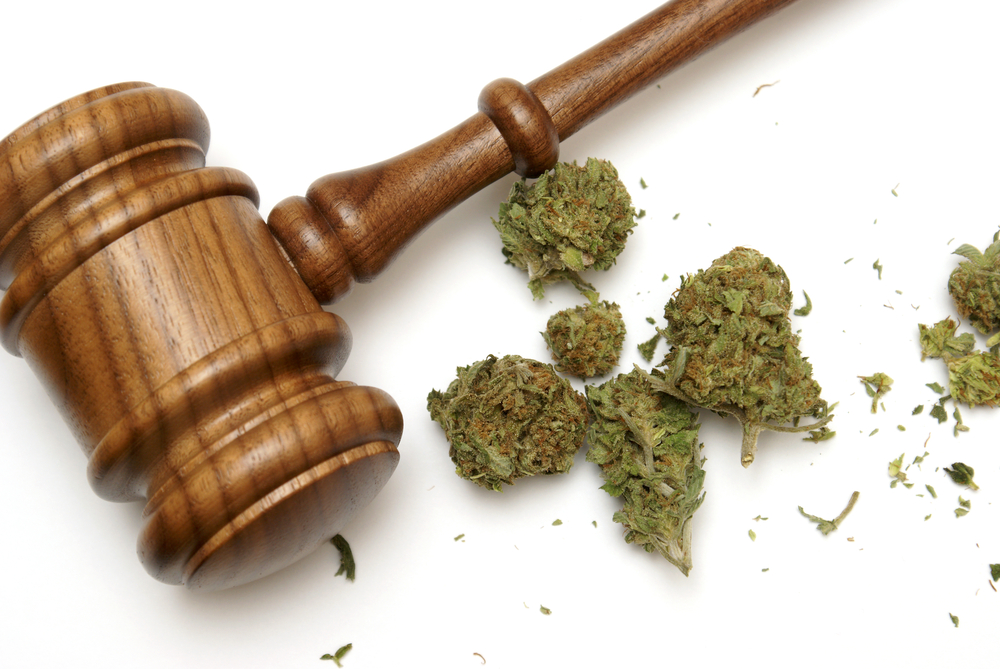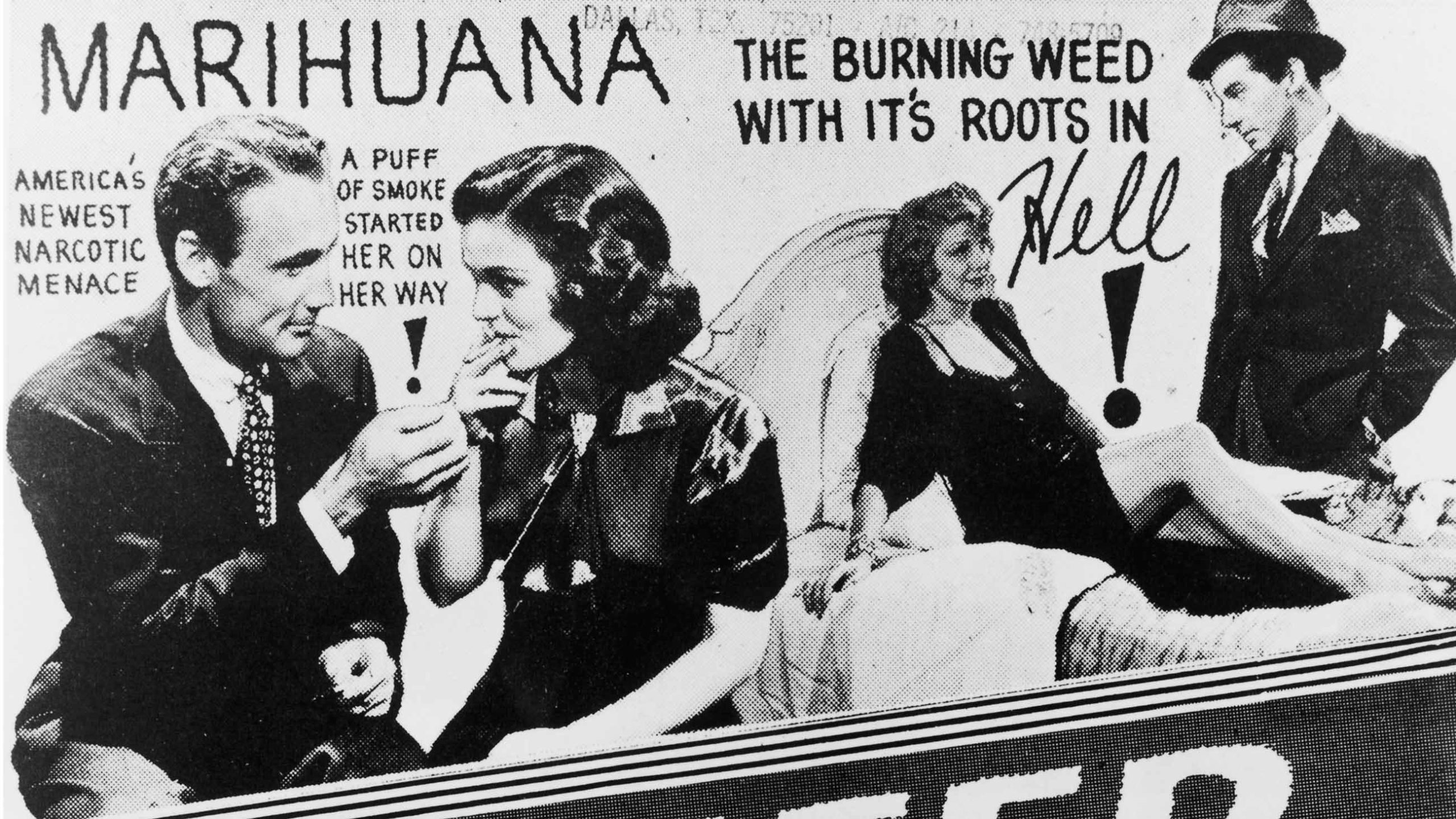Reefer Madness is a film that came out in 1936 – nearly a century ago to this day, but its effects and repercussions are still echoing throughout the world of cannabis. Despite waves of legalization across the world, the herb still carries with it a negative stigma – one that makes no sense at all as we’ll soon discover.
In 2017, a Toronto-based personal injury lawyer, Mark Phillips attacked a family of immigrants at an Ontario mall for speaking their native language, Spanish. The event ended up in the lawyer attacking one of the men with a baseball bat and then subsequently breaking his ribs.
When all was said and done, Mark Phillips walked away with only a slap on the wrist, serving a three-year probation alongside some community service with no criminal record. One of the main reasons why the lawyer had been given such a lenient sentence was because he had claimed that his actions were influenced by cannabis-induced psychosis.
If you’re skeptical about all of this, then you’re not alone.
There is limited evidence suggesting that cannabis is the culprit of psychosis and many experts in the industry are on the fence as to whether this “reefer madness” is actually a real thing. And if you know a thing or two about the history of marijuana in North America, you know it hasn’t had the smoothest of starts. In fact, there was one particular film that was released in the 1930s that was believed to be the catalyst of all the rumors about this “reefer madness” and the evils about weed.
If you’re interested in finding out how “reefer madness” came to be, then keep on reading!
What is Reefer?
A quick trip to the urban dictionary will tell you that reefer is a slang term for marijuana or anything else related to the cannabis such a marijuana cigarette, a bowl, some bud, or even the plant itself. The term was highly popularized in the early 1900s by the propagandistic film Reefer Madness.
The History of Reefer Madness in North America

By the early 1850s, cannabis use had been used recreationally and in fact, had been accepted as a fashionable recreational narcotic. When the 1880s rolled around, hashish was also in motion, with several parlors established throughout New York City during that period.
It wasn’t until around the early 1900s, that cannabis was then restricted and criminalized. During the early 1900s, the United States was beginning to wrap up the Mexican Border War, establishing a new border for the American territories. By maintaining dominance over Mexican forces in the war, the United States had claimed the land of what we now know as modern-day Texas and California.
Following the 1910 Mexican Revolution, there was a large influx of Mexican immigrants to American lands, most of which consumed a marijuana cigarette or two each day to relax after working laborious jobs in the fields. Marijuana was also notoriously cheaper than alcohol at that time, as a result of the 1920 nation-wide prohibition which banned the production, importation, sale, and transportation of all alcoholic beverages up until 1933. Not only that, but the tension between farms also began to build due to larger farms employing cheap Mexican labor.
Soon after, in an attempt to keep tabs on the rapid influx of Mexican immigrants, the US government had outlawed and criminalized the use of all cannabis throughout its states. They proceeded to form an image around cannabis to create a sense of opposition between the American citizens and Mexican immigrants. They employed the use of scare tactics and the spread of false information to meet their goals.
One of the most notable films thought to have sparked the whole anti-cannabis attitude was Reefer Madness, released in 1936.
Fact or Fiction?

The story of Reefer Madness is a cautionary tale that follows the lives of restless high schoolers Bill Harper and Jimmy Lane as they are persuaded by a cannabis supplier to try a marijuana cigarette. This eventually leads to a downhill spiral where the high schoolers begin to frequent a “reefer house” where they regularly consume cannabis. This eventually leads to Bill Harper’s high school performance declining rapidly from what was once a pristine record.
On top of that, after smoking a marijuana cigarette, Jimmy is seen driving, having been completely desensitized to all sensory details as a result of the high, he recklessly runs over a pedestrian without even knowing it. Eventually, things get much worse, involving a murder while under the influence of cannabis and one of the boys being admitted to a mental hospital due to their reefer madness.
Clearly, anyone who’s had any experience with cannabis knows this not to be true. Although we don’t recommend the operation of any vehicles or machinery while high, the film pulls everything out of proportion and exaggerates the effects of cannabis, deliberately painting a picture of the supposed evil innate within marijuana.
Looking back at it with scientific evidence backing up the efficacy of cannabis and its effects in medicine, it’s clear to see that the film Reefer Madness was a work of pure fiction, however, the stigmas that it birthed have not yet fully left the minds of the western world.
The Aftermath of Reefer Madness
Even though cannabis may be legal in many regions in North America, a large amount of the populous still holds these outdated beliefs which we know not to be true. In turn, this creates false overgeneralizations and stereotypes for people who consume weed.
Researchers took a look at California residents who use cannabis as a means to treat medical issues and found that the stigma and perception of cannabis use affected their probability of picking cannabis as a viable source of treatment despite its efficacy. They found that the social stigma associated with cannabis users had created a mental barrier that would often affect how patients sought treatment, sometimes pushing patients to avoid cannabis as medicine even if it is the best option.
Another study published in 2013 found that despite the acceptance of cannabis use and its effectiveness in treating a variety of medical issues, a large number of people still viewed cannabis use as an “aberrant activity in many contexts.” The researchers took a look at how patients coped and managed the social stigmas attached to cannabis use.
Final Thoughts
Even after nearly a century, these stereotypes and pieces of false information still dominate the minds of the masses. While things are slowly and steadily moving in favor of the cannabis industry, it will take some time before people fully accept the truth about cannabis.


 No products in the cart.
No products in the cart.